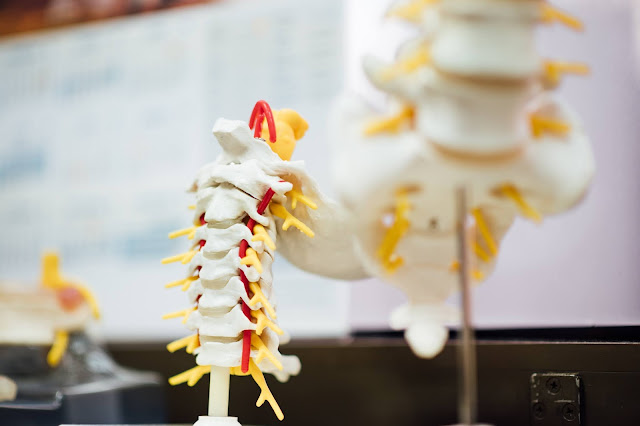Traditional vs. Minimally Invasive Back Surgery
There are many inquiries to consider prior to seeking spine surgery. Is a medical procedure important to treat the issue or would a non-careful technique be more suitable? In case a medical procedure is required, is it better to have a conventional spine surgery or a negligibly intrusive spine surgery? What is a minimally invasive spine surgery and how can it contrast from conventional spine surgery?
How do you know when you need back surgery?
If a person is experiencing low back pain or neck pain, usually the patient is being watched over time and encouraged to maintain good, stable physical activity to see if the issue resolves. If the issue is not resolved with physical activity, over-the-counter treatments, or pain management and anti-inflammatory medication, the next step would be to see a doctor for an evaluation.
Numerous patients with spine issues can be dealt with non-invasive spine care. Active recuperation, home activities, medicine, and regular spinal infusions are prescribed preceding thinking about a medical procedure. On the off chance that the issue actually isn't settled, then, at that point, medical procedure turns into a decent choice.
For example, if a patient has huge neurogenic torment in the limits and non-careful administration has not given help, careful intercession is the best choice. For those with manifestations identified with the spinal rope or nerve root compressions, like a huge shortcoming in an arm or leg, or appendage, careful intercession is suggested if non-careful administration was ineffective.
What are the major differences between traditional back surgery and minimally invasive back surgery?
Conventional open spine surgery includes the total openness of the life structures. In insignificantly intrusive spine surgery it is precisely uncovered less of the life structures which implies, by and large, a prior recuperation in the initial not many weeks after a medical procedure. In insignificantly intrusive spine surgeries, frequently extra careful guides are utilized, like the intraoperative spinal route. This gives the specialist more noteworthy visibility into careful regions with restricted openness.
Regardless of whether minimally invasive or customary, the objectives are something very similar as long as possible; the specialists need to achieve a general improvement in side effects or a stop in degeneration. Eventually, we need our methodology to bring about less blood misfortune, more limited emergency clinic stays, lower contamination rates, and quicker recuperation soon after a medical procedure. The insignificantly obtrusive medical procedure ordinarily brings about a simpler recuperation process for patients, in any case, only one out of every odd patient or careful condition is proper for a negligibly intrusive medical procedure. It is significant that you cooperate with your spine specialist to recognize the best treatment choice for your condition.
The medical procedure is a controlled trauma. In this manner, it is intended to boost the advantage for the patient while limiting the trauma of the medical procedure however much as could be expected. Driving careful strategies are executed and innovation as proper, and the patients' advantage from our specialists' scholarly exploration to additional both minimally invasive and complex spine surgery techniques.
Do you really need back surgery?
Back a surgery regularly more typically diminishes related pain or numbness that goes down one of the two arms or legs.
These indications regularly are brought about by compacted nerves in your spine. Nerves might become compacted for an assortment of reasons, including:
Disk problems: Swelling or burst (herniated) plates — the rubbery pads isolating the bones of your spine — can now and then press too firmly against a spinal nerve and influence its capacity.
Overgrowth of bone: Osteoarthritis can bring about bone prods on your spine. This overabundance bone most ordinarily influences the pivot joints on the back piece of the spinal section and can limit the measure of room accessible for nerves to go through openings in your spine.
It tends to be truly challenging to pinpoint the specific reason for your back aggravation, regardless of whether your X-rays show that you have circle issues or bone prods. X-rays taken for different reasons regularly uncover swelling or herniated circles that cause no indications and need no treatment.
Types of back surgery
Different types of back surgery include but does not limit to Diskectomy, Laminectomy, Fusion, Artificial disks.
Before you consent to back a medical procedure, consider hearing the second point of view from a certified spine subject matter expert. Spine specialists might hold various assessments concerning when to work, what kind of medical procedure to perform, and regardless of whether — for some spine conditions — the medical procedure is justified by any stretch of the imagination. Back and leg torment can be a complex issue that might require a group of wellbeing experts to analyze and treat.



Comments
Post a Comment